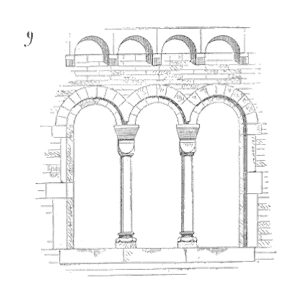
Principle 2 Design in Reliability
Abstract
Carl and Fred discussing the three most important principles that summarize the reliability philosophy of successful companies, with focus on the second principle.
Key Points
Join Carl and Fred as they discuss the second reliability principle: “Reliability must be designed into products and processes.”
Topics include:
- Shorter product development processes and tighter budgets require focus on reliability in design.
- Lengthy test and fix treadmill does not achieve reliability within the shorter PDP does not work.
- Enable design teams to make the right decisions.
- Two DFR strategies: focus on effective methods and influence design (people skills)
- Reliability is part of concurrent engineering
- Product and process reliability
Enjoy an episode of Speaking of Reliability. Where you can join friends as they discuss reliability topics. Join us as we discuss topics ranging from design for reliability techniques, to field data analysis approaches.

Show Notes
Three important principles summarize the reliability philosophy of successful companies:
- Knowing how to calculate reliability is important, but knowing how to achieve reliability is more important.
- Reliability must be designed into products and processes.
- Reliability practices must be integrated into overall product development and design processes.
 Ask a question or send along a comment.
Please login to view and use the contact form.
Ask a question or send along a comment.
Please login to view and use the contact form.
1. As we all know that reliability drives product quality,we can rephrase 2 that we should design for reliability.
2. An important area which should be highly considered is system integration into the design and the integrated system reliability impact on the final product reliability.